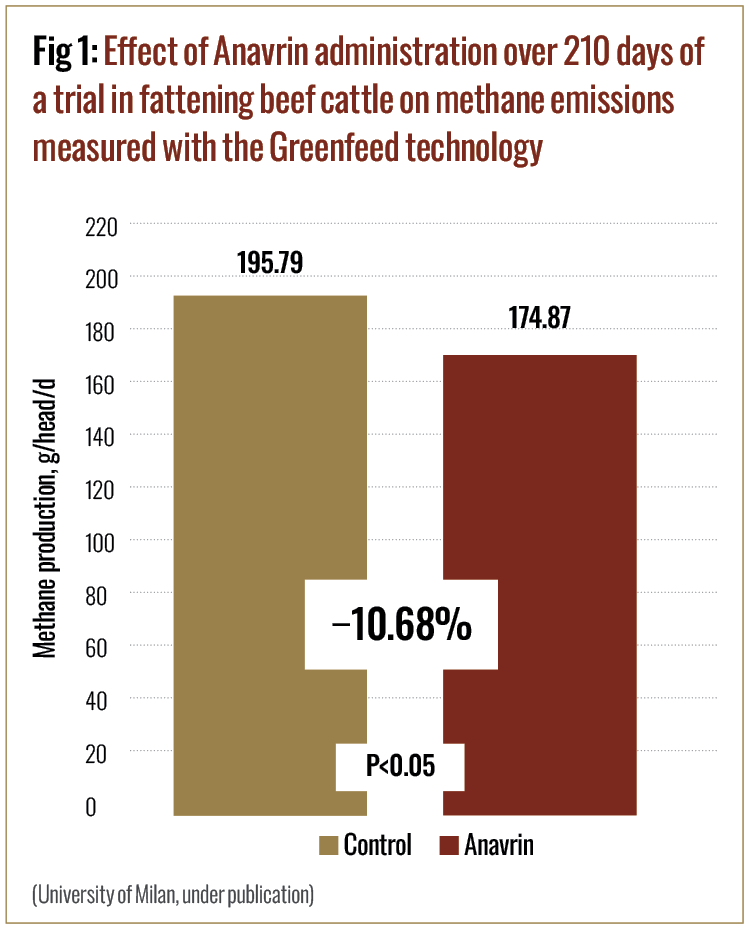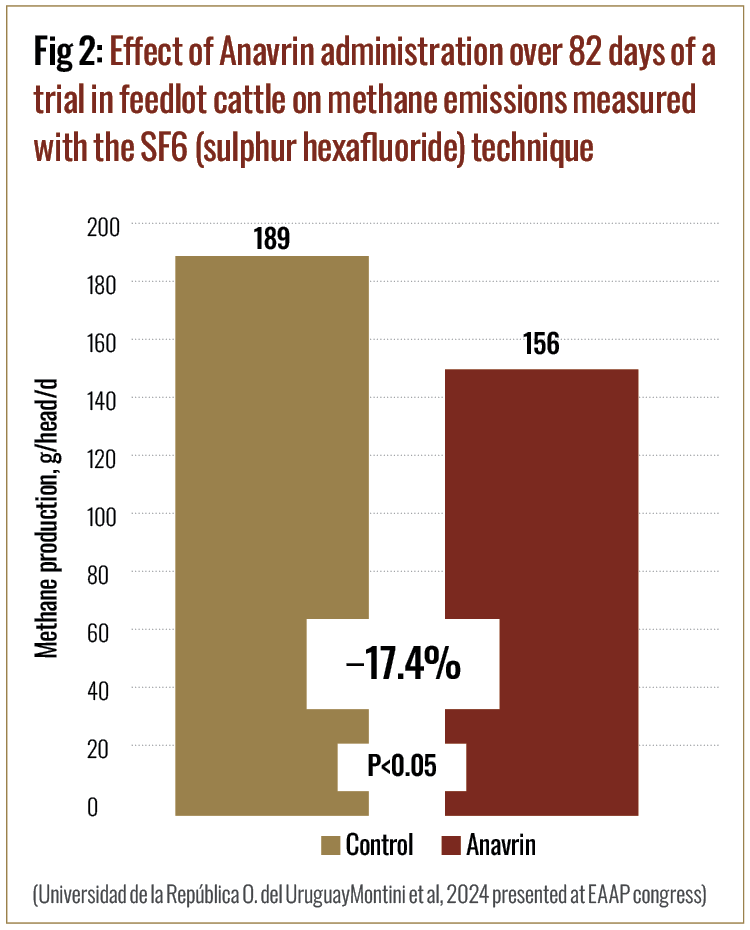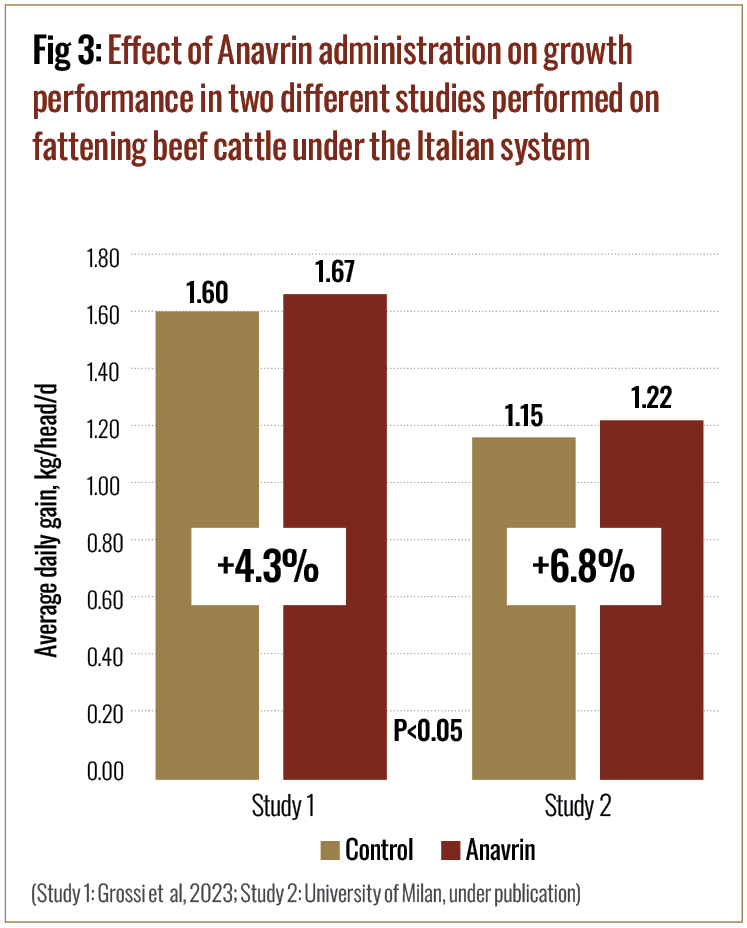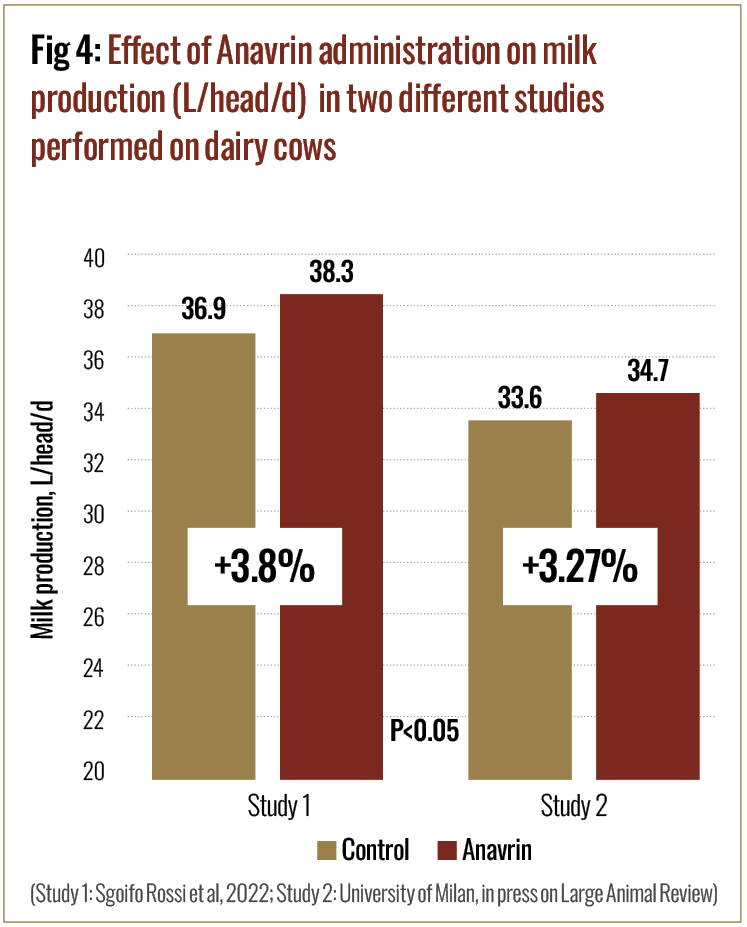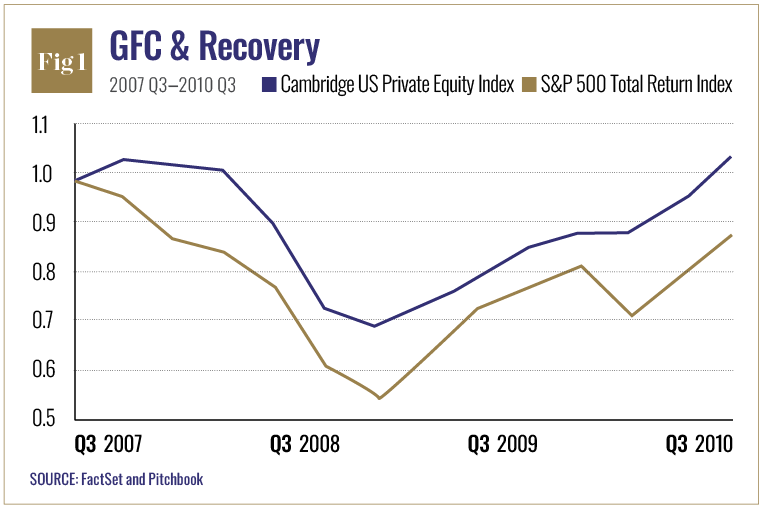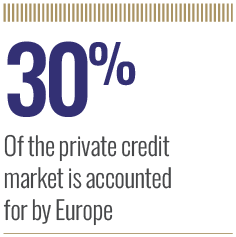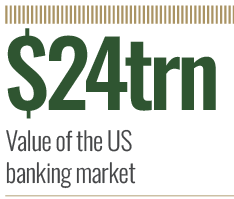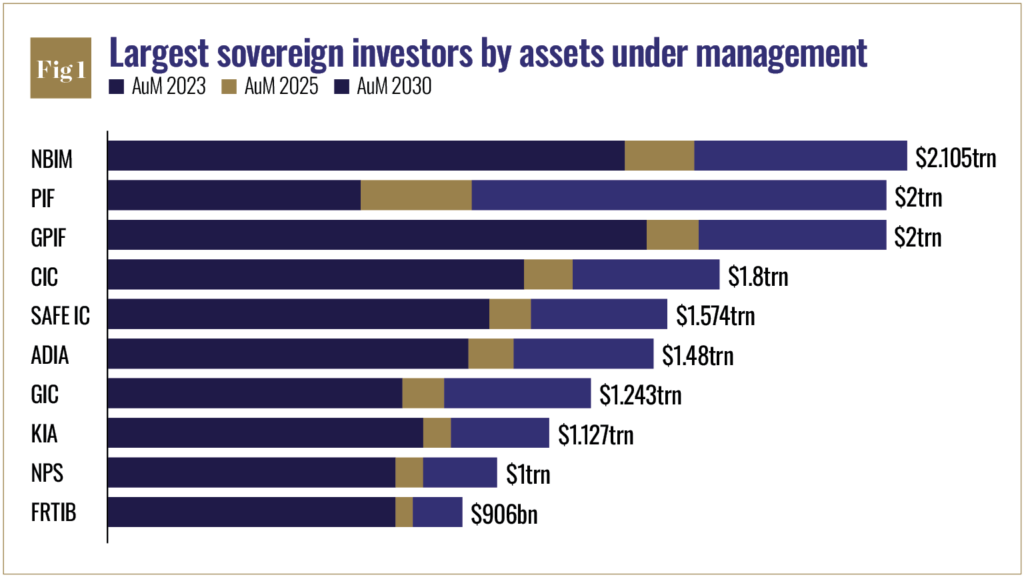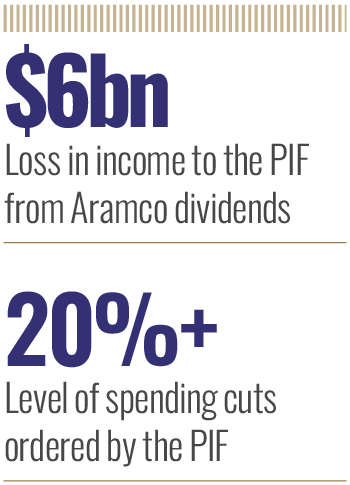Sam Altman might just be the most influential person in the most influential industry in the world today – and that gives him an awful lot of influence. As CEO of the artificial intelligence (AI) powerhouse, OpenAI, the American entrepreneur stands at the very forefront of a technological revolution, with almost unprecedented power to shape the future of AI. Already, Altman can be credited for helping to bring AI to the mainstream. In November 2022, Altman’s company launched ChatGPT, a transformative tool that has taken the world by storm. At this point, the OpenAI chatbot needs little introduction, such is its popularity. Boasting 800 million weekly users (see Fig 1) and 1.8 billion daily user queries, ChatGPT dominates the AI market, and has ushered in a new era of technological transformation. Once confined to the realm of science fiction, AI tools are now ubiquitous in everyday life, upending the way we work, study and interact.
With these new technologies becoming ever more engrained in our daily routines, investors have been betting big on AI. Over the last few years, huge amounts of money have flowed into tech stocks, sending start-up valuations soaring and propelling stock markets to record highs. But amid this flurry of investor activity, a growing number of industry experts are warning that the AI boom may really be a bubble – and it could be about to burst. Recent analysis has suggested that the AI bubble may be 17 times the size of the dotcom frenzy of the 1990s, and four times the size of the mid-2000s subprime bubble, and the International Monetary Fund and the Bank of England have both issued warnings about overinflated stock market valuations. To add further fuel to the fire, a recent Massachusetts Institute of Technology report revealed that 95 percent of companies investing in generative AI are yet to see any form of financial returns, unsettling some investors. As concerns mount over a future bubble bursting, Altman’s leadership of the world’s most valuable start-up may soon be put to the test.
A rocky rise
In October this year, OpenAI was valued at an eye-watering $500bn (see Fig 2). A blockbuster share sale saw the start-up leapfrog Elon Musk’s SpaceX to become the world’s most valuable private company, demonstrating just how dominant OpenAI has become.
The AI boom may really be a bubble – and it could be about to burst
In just a few short years, the company has gone from relative obscurity to an industry titan, credited with driving a surge in AI adoption across the globe. The company’s rapid rise has propelled CEO Sam Altman to a position of immense power and influence. In recent months, the tech tycoon has been busy rubbing shoulders with world leaders and signing deals that will give his company unprecedented reach. Along with securing a $200m military contract with the US Department of War, Altman has also received White House backing for a $500bn data centre mega plan, which will ramp up AI infrastructure in Texas, New Mexico and Ohio.
Mingling with prime ministers and making speeches at large-scale tech events, Altman seems comfortable acting as the public face of AI. But his position at the very top of the industry hasn’t always been so certain. In early November 2023, just 12 months after the record-breaking launch of ChatGPT, Altman was fired from the OpenAI board for failing to be ‘consistently candid in his communications.’ The dramatic firing sent shockwaves around Silicon Valley, with investors and OpenAI employees immediately calling for his reinstatement. In typical tech CEO fashion, Altman took to social media to document the fallout, posting a picture of himself holding a guest pass inside OpenAI’s San Francisco headquarters as discussions with the board rumbled on. Over the course of three dramatic days, OpenAI cycled through three CEOs, prompting staff discontent to reach fever pitch. The majority of OpenAI’s 770 employees signed a letter addressed to the board, threatening to resign en masse unless Altman returned. With mounting staff pressure and the very public turmoil threatening the company’s reputation, the board buckled and brought Altman back into the fold. Since his return as CEO, the OpenAI board has had a significant revamp, with Altman’s leadership seemingly strengthened by the crisis.
Putting his brief ousting behind him, Altman has had further troubles to contend with in his race to dominate Silicon Valley. Former OpenAI co-founder Elon Musk has sued the company numerous times, alleging that the start-up has abandoned its original, non-profit mission to develop AI for the public good. According to Musk, the company has become focused on maximising profits and dominating the AI sector, which he sees as a violation of its founding principles.
In what has escalated into a very public feud, OpenAI has filed a counterclaim against Musk, accusing him of using ‘bad-faith tactics’ against the company, in an effort to slow down its business and gain the upper hand in the competitive AI market. As the two Silicon Valley heavyweights gear up for a high-stakes legal battle, both sides are claiming that they are acting in the best interests of the public. But is this bitter billionaire spat simply serving as a distraction from some of the more difficult questions surrounding the unstoppable rise of AI?
No limits
There is little doubt that AI is the defining technology of our time. Already, AI is reshaping the way that we work and live – and it is still thought to be in its early stages of development. Leading companies such as OpenAI are actively working on artificial general intelligence (AGI), a theoretical form of AI with human-like intelligence and an ability to self-teach. If achieved, AGI may be able to perform tasks beyond human capabilities, potentially redefining how we perceive intelligence and cognition. By OpenAI’s own admission, AGI could “come with serious risk of misuse, drastic accidents and societal disruption.”
OpenAI has gone from relative obscurity to an industry titan
Even as some industry experts sound the alarm bells on the potential consequences of unchecked superintelligence, the race towards the next AI frontier is hotting up. Tech giants in the US and China are ramping up AI research and development, and record amounts of investment are flowing into the sector. There are now just shy of 500 AI ‘unicorns,’ or private AI companies with valuations of over $1bn. In the US, AI-related enterprises have driven an estimated 75 percent of stock market gains in 2025, while global spending on AI is expected to reach $1.5trn before the end of the year. And as investor frenzy continues to mount, OpenAI’s position as industry leader has never looked more certain.
Over the past few months, OpenAI has announced a string of gargantuan deals with fellow tech giants including Nvidia, Oracle and AMD – thought to be worth more than $1trn in total. In September, it confirmed that it would pay IT behemoth Oracle $300bn for a five-year cloud computing contract, as part of the wider $500bn Stargate data centre buildout project. That same month, chipmaker Nvidia announced that it would be investing up to $100bn in OpenAI to support the delivery of new AI megacentres. Once operational, the data-intensive sites may require as much energy as 10 nuclear reactors.
Hot on the heels of these blockbuster announcements came the news that OpenAI had officially entered into partnership with Broadcom to co-design custom chips and AI accelerators, to ‘meet the surging global demand for AI.’ As Altman continues to forge new alliances, this recent flurry of dealmaking is beginning to raise some eyebrows. With money changing hands within a small group of big-name players, some industry experts are concerned by the seemingly circular nature of the deals. If the same funds are circulating between just a handful of companies, this can create the appearance of endless growth, even if profits aren’t matching up. Even more concerning are the parallels being drawn with ‘vendor financing,’ where a company lends money to their customers so that they can keep spending money with them.
This risky practice helped to fuel the dotcom bubble of the late 1990s – a pattern that market watchers are loath to see repeated. We may still be a long way off the heady heights of the dotcom boom, but this tangled web of deals has left some investors feeling spooked. If the AI boom is really more of a bubble, where does that leave the global economy?
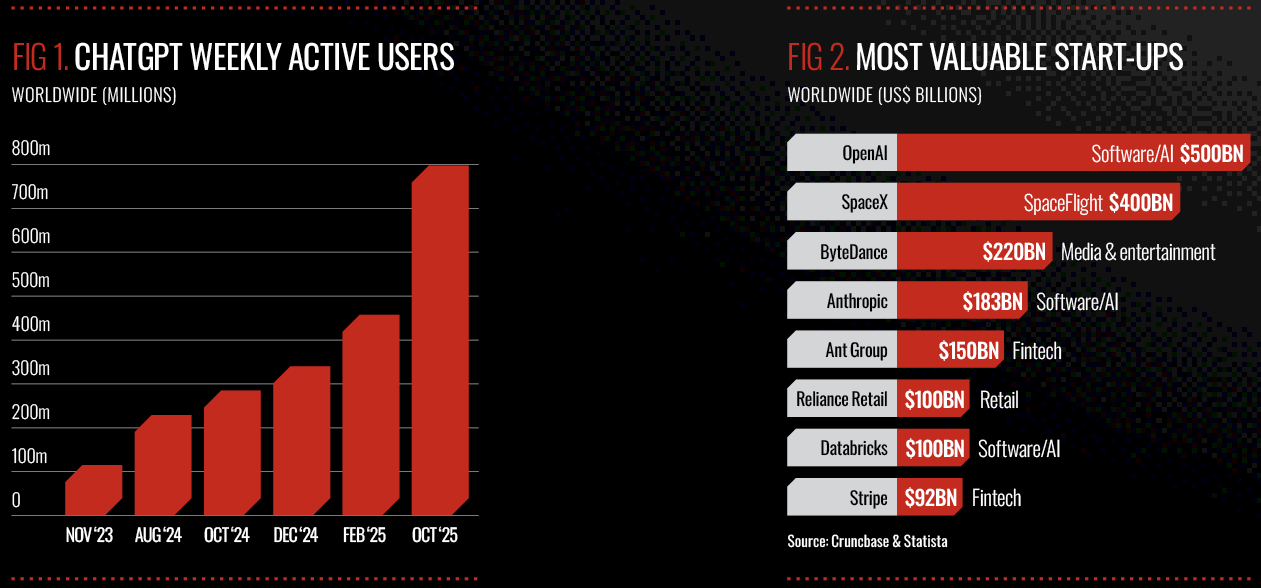
Boom or bubble?
For some time now, there have been whisperings of a growing AI bubble. Altman has himself admitted that the sector feels “kind of bubbly right now” and that some company values are “insane.” But ‘bubble’ is a loaded term in economics, describing a situation where the price of an asset is much higher than what it is really worth. This overinflation is then followed by a panic and a sudden crash as investor confidence evaporates. Bubbles are both hard to identify and hard to time, only becoming clear once they have ‘popped.’ It is true that technology stocks have made remarkable gains over the last three years, but this rally appears to have been built on some fairly firm foundations. Demand for AI is surging, with new tools and technologies becoming increasingly embedded in everyday life.
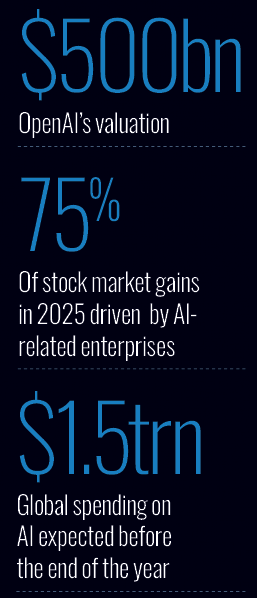
A recent Stanford University report found that 78 percent of businesses were using AI in 2024, with adoption happening at pace across a range of sectors, from healthcare and finance through to agriculture and mining. According to some estimates, AI could contribute up to $15.7trn to the global economy by 2030 – more than the current output of China and India combined. But does this enormous economic potential justify the current investor frenzy surrounding AI?
Some high-profile figures are unconvinced. The Bank of England and the International Monetary Fund are the latest to voice their concerns that the sector may be heading towards a ‘correction,’ with potentially devastating impacts for the wider economy. Huge amounts of funding have been poured into AI infrastructure projects that are yet to show returns. The ‘big four’ tech giants Alphabet, Amazon, Meta and Microsoft are expected to spend £325bn on AI infrastructure this year alone, scaling up their data centres and cloud computing potential at a remarkable pace. This hefty infrastructure spending is a big bet on continued customer demand for AI – one that they hope will pay off in the long run.
Similarly, the soaring valuations of leading and emerging AI firms is starting to spook some analysts. OpenAI was valued at $157bn last October, and is now worth a record $500bn.While its revenue is growing steadily, its immense operational costs mean that it has never turned a profit. But OpenAI isn’t alone in that regard. In the last 12 months, 10 loss-making AI firms have seen their combined valuations reach almost $1trn, as investors continue to gamble on AI. The anticipation of future profits has proved hard to resist for many deep-pocketed backers, but a return on investment is never guaranteed.

Perhaps even more worrying is the level of concentration on the stock markets. Currently, the so-called ‘Magnificent Seven’ – Alphabet, Amazon, Apple, Meta, Microsoft, Nvidia and Tesla – make up more than a third of the whole S&P 500 index, closely tying the health of the US economy to the fate of these high-performing companies. If the bubble does burst, it could slam the brakes on US growth, with far-reaching implications for the global economy as a result.
Staying the course
It can be tempting to draw parallels between the current AI frenzy and the late 1990s internet stock bubble. The similarities are striking – both eras brought the promise of a new, transformative technology that would change how we live our lives. Both eras have also pushed stock valuations to new heights, with investors racing to back young, ambitious companies that are yet to turn a profit. And yet, even after the dotcom bubble burst, a handful of companies managed to rise from the ashes. For those investors who kept faith in the sector, the rewards have been huge. The internet has radically reshaped the way we live and work since the early 2000s, delivering real economic gains that would have been hard to predict in the wake of the dotcom bubble implosion.
AI is reshaping the way that we work and live
Similarly, we can expect AI to remain a fixture in our lives, even if there is a ‘bubble burst’ moment. As the cream rises to the top, a handful of the strongest, most innovative companies will be able to withstand any stock market stumbles. And in a winner-takes-all scenario, it isn’t hard to imagine that OpenAI might just come out on top. Every tech cycle has a small number of dominant players, but OpenAI is in a league of its own. Three years ago, the company cracked the AI industry wide open with the launch of ChatGPT, reaching 100 million users in just two months. The chatbot’s unprecedented popularity soon made it the fastest-growing consumer internet app ever released, outpacing social media giants such as TikTok, Instagram and Facebook. Now, with Altman securing a number of new strategic partnerships, the company is strengthening its position as industry leader. “We have decided that it is time to go make a very aggressive infrastructure bet,” Altman recently revealed on a podcast. “To make the bet at this scale, we kind of need the whole industry, or a big chunk of the industry to support it,” he said.
Altman’s dealmaking is helping to give OpenAI greater control over every part of the value chain – from research to end-user product – in a way that few competitors can match. The company is spending money at a historic pace to build a full in-house AI ecosystem, much like Microsoft did for PCs and Apple did for smartphones.
And if its current user numbers are anything to go by, then OpenAI may be well on its way to making ChatGPT as trusted and ubiquitous as the iPhone. Its rivals seem simply unable to match this pace, speed and scale – and Altman might only be getting started.
A better future?
As we move towards an era of omnipresent AI, we need to ask ourselves who is shaping this new dawn. As the architect behind the rise of ChatGPT, Altman has an enormous amount of influence over the future of AI – and by extension, our very lives. So, what is Altman’s vision for this generation-defining technology?
As a self-professed ‘techno-optimist,’ Altman appears to be motivated by a genuine belief that AI can impact lives for the better. “The future can be vastly better than the present,” he wrote in a recent blog post. “Scientific progress is the biggest driver of overall progress; it is hugely exciting to think about how much more we could have.”
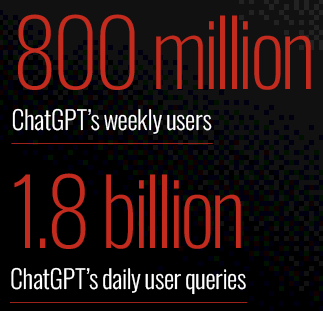
Indeed, OpenAI was founded as a nonprofit organisation to ensure that AI ‘benefits all of humanity.’ Altman himself has advocated for aligning AI with human values, and has stated that this is one of his company’s top priorities. He is also highly cognisant of the inherent risks involved in developing superhuman intelligence, acknowledging that the worst-case scenarios could cause significant harm to the wider world. Perhaps we can feel reassured that some of the sector’s top minds are thinking about minimising risk and preserving humanity while building superintelligence. But as OpenAI has grown, its morals have started to feel slightly more murky.
Last year, the company came under fire when it released a chatbot with an ‘eerily similar’ voice to Hollywood actress Scarlett Johansson. Having rejected an initial offer from Altman to voice the app, Johannson said she was “shocked, angered and in disbelief” at the chatbot’s likeless, accusing the company of deliberately seeking to copy her voice. Altman added further fuel to the fire by posting the word ‘her’ on X during a demo of the chatbot – seemingly a knowing reference to the 2013 film where Johansson voices an AI operating system. The dispute reignited heated debates in the creative world on how AI firms are using people’s likeness without their consent. The US actor’s union Sag-Aftra has been campaigning for creatives to receive fair compensation when their work has been used to train AI models, and stronger laws to protect performers’ faces, voices and likeness.
OpenAI’s position as industry leader has never looked more certain
But the concerns over ‘deepfakes’ is not just limited to Hollywood. As text-to-video apps become ever more sophisticated and readily available, the privacy and autonomy of ordinary people is increasingly at risk. In the weeks following the launch of Sora 2, OpenAI’s new AI video app, a proliferation of problematic videos started flooding social media feeds, forcing the firm to beef up its safeguards. The company is now working to ‘improve its guardrails’ after ‘disrespectful’ depictions of Martin Luther King Jr and other deceased public figures and celebrities started to circulate on the app. As debates over ethics and privacy heat up, the US Congress is currently considering the ‘NO FAKES Act,’ which would ban the production and distribution of AI-generated content of any individual without their consent. While OpenAI has been publicly supportive of the Act, its struggles to contain offensive and misleading videos on the Sora app suggest that the genie is already out of the bottle.
Even with alarm bells loudly ringing on deepfakes and falsified media, companies continue to rush towards superintelligence. But what happens now will have lasting consequences for all of us.
For better or worse, AI is clearly here to stay, and the choices made by the industry leaders today will have a profound impact on the world of tomorrow. We will have to hope that there is still a place for human values in the fast-unfolding future of AI.

